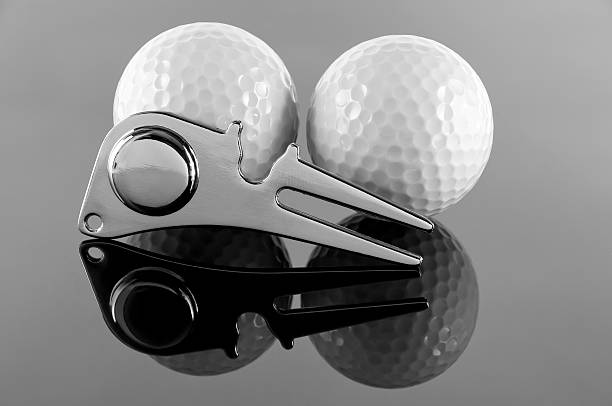December 18, 2022

A divot is an essential golf tool that should be carried by all players. The
most important thing in scoring low scores is to put. A green with pitch marks
can make golfers' lives miserable.
It's simple and quick to fix a pitch mark properly. This ensures an enjoyable
playing experience for everyone who plays golf. Many golfers are shocked to
learn that they did not employ the right procedure to fix their pitch marks.
They will benefit from learning the proper procedure.
The importance of fixing pitch marks
The repair tool for pitch marks is also known as a "divot fix" tool or a
'divot tool. If a golfer strikes the green using their golf ball, it creates
tiny, crater-shaped marks on the green. If not fixed, pitch marks can alter the
putting surface and make it difficult to putt.
Pitch marks are often called "divots," although technically divots refer to
the holes that are in fairways as well as tee boxes left behind from when golf
clubs hit the grass. A common misinterpretation of these terms is a problem for
golfers. But they are frequently utilized in conjunction.
If you look at these tools next time you are in an establishment for
professional services it is quite likely that there will be an opportunity that
these tools are branded "divot repair tool" or "pitch repair tool for marks."
Whatever way you decide to refer to them, pitch marks should be addressed
immediately after you get to the green. You should mark your ball to ensure that
the green is in good shape to allow the next golfer to play.
What can a tool called a divot be used to do?
Repair any marks left by golfers after they strike the green it is a golf divot tool. Like raking a bunker when
you've hit the green, repairing your ball marks each time will guarantee an
equal playing environment for everyone who plays golf. The custom golf ball markers, a must-have
accessory to any golf bag, should be included.
How Can I Use A Golf Divot Tool?
Finding the pitch mark itself is the initial step in repairing it. You can
locate your pitch mark by keeping track of the location the ball is landed on
approach shots, and also the direction in which it is turned. Marks left by
shorter wedges and irons are likely to be deeper and easier to locate due to the
higher trajectory of the ball's flight.
If you can't manage to find your pitch mark, a good practice is to repair one
is available. In fact, many altruistic golfers have taken to the habit of fixing
an additional ball mark along with their own.
After your ball's mark is found, it's time to repair it. Beginning just to
the outside of one edge of the mark use the pointed edge of the tool into
ground, and move the turf upwards, toward the center. Repeat this motion around
every side of the mark, while pushing the grass towards the center. What was a
hole in the green should now be an uneven mound of mashed-up grass. Make sure
you tap the edge of the putter to level the mound, and then you can
play.
Many golfers make the mistake of misusing their divot tool, which leads to a
slow recovery process for the green. After putting the prongs in the ground, a
common error is pushing the tool outward instead of inward, lifting upwards from
beneath the mark.
This method reduces the pitch's slope however, it raises dirt to the surface, but does not force the grass back into place. This exposed dirt will require several weeks to grow back when the proper approach lets the grass get clumped back together and heal in less than one week, in the majority of cases.
Posted by: VincentBusiness at
04:57 AM
| No Comments
| Add Comment
Post contains 651 words, total size 4 kb.
35 queries taking 0.0288 seconds, 82 records returned.
Powered by Minx 1.1.6c-pink.









